SHIN WON-sam”s NEW WORLD – MOA GALLERY | SEOUL
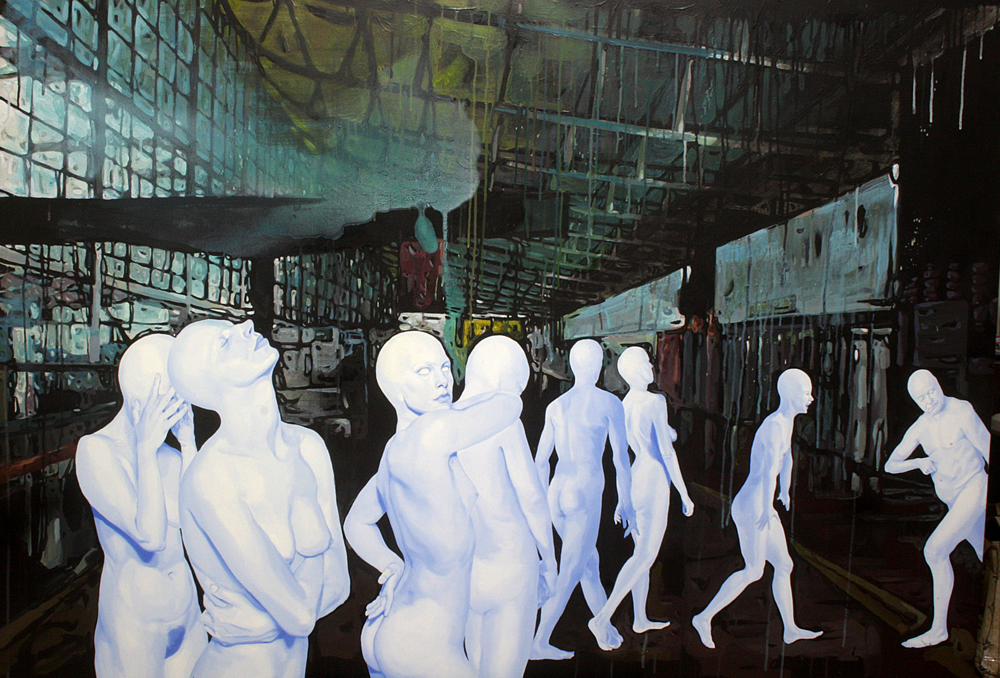
Brave new world
Shin Won-sam – Solo exhibition
Opening reception: 2011.7.30 (SAT) pm 6.00
Date: 2011.7.30 (SAT) | 8.25 8( THR)
11:00 am – 6:00 pm (weekdays) | 8:00 pm (weekend) | Closed on Monday
Gallery MOA – Seoul (Korea) – Tel. 031.9493309 – http://www.heyrimoa.com/
SHIN WON-sam’s NEW WORLD
Text by Vittoria Biasi
Shin Won-sam proposes some very large paintings within the rooms of MOA Gallery in Seoul, where he is confronted with the representation of the contemporaneity that is an accomplishment of a social, community transformation involving the globalized world.
The exhibition, by art critic Kim Sang-mi, is entitled Brave New World. The pictorial and poetic composition of the work suggests literature and art history references.
The artist paints the streets of a globalized centre with bright chromatism, with buildings connoting the contemporary architecture identical at New York, Seoul, Bangkok, and Shanghai. The glass facades appear to have no memory of life, of traditions, of different people’s cultures. The perception of a global view of the contemporaneity determines the artist into a convergence between the pictorial and literary texts that are framed around the book Brave New World of Aldous Huxley published during 1932 in London and written during a stay in Italy. Huxley’s irony presenting a technological world that is standardized and divided into castes happy to be consumerist. In Shin Won-sam takes the language to extremes. The burning confrontation between existence and thought are brought together in conflicting relations by the artist. Shin Won-sam draws a world that is sliding on two linked rails mastered by “running out” time that cancels, dematerializes the reality. Extraction of architecture, landscape and chromatic montages tell us of a loss of touch process to the daily life, building of pathways towards virtuality. The lower part of the painting is fixed by a blue skyline: the division of pictorial space reminds us the old exchange energy thought between yin and yang that nowadays is configured differently. The blue world is populated of monochromatic creatures, evocation of pictorial tradition that in the West sealed the encounter of thought and eastern culture. The monochromatic expressivity is the origin of a new figuration and of a different idea of space.
The characters of Shin Won-sam challenge the necessity of a different time, interiorization and reworking of emotion, of mental associations, of memories caused by images or sounds. The artist brings the observation within the limits of bearableness or controlled sensation on an even keel. The pictorial elements do not go towards a concept of end, but they reach the suspension which is a place of choice and authority. The creatures of Shin Won-sam have the light of glass; they are the contemporary counterpoint of the building fronts giving a feeling of emptiness, of lack of warm-heartedness, of life unconcerned like a processing data terminal.
Vittoria Biasi
Art historian, critic and curator of international exhibitions
Translated by Salvatore Rollo – at salvatore_rollo@fastwebnet.it
Il New World di Shin Won-sam
Negli spazi della galleria MOA di Seoul, Shin Won-sam propone delle grandi tele in cui si confronta con la rappresentazione della contemporaneità risultato di una trasformazione sociale, comunitaria che coinvolge il mondo globalizzato.
La mostra, a cura del critico Kim Sang-mi, ha il titolo Brave New World. La composizione pittorica e poetica dell’opera suggerisce rimandi alla storia dell’arte e della letteratura.
L’artista dipinge con forti cromatismi le vie di un centro globalizzato, con edifici che connotano l’architettura contemporanea uguale a New York, a Seoul, a Bangkok o Shangai. Le facciate di vetro sembrano non serbare la memoria della vita, delle tradizioni, della cultura dei diversi popoli. La percezione di una visione compatta della contemporaneità determina nell’artista una convergenza tra il testo pittorico e quello letterario che si articola sul rimando del libro Brave New World di Aldous Hauxley pubblicato nel 1932 a Londra e scritto durante un soggiorno italiano. L’ironia di Hauxley nella presentazione di un mondo tecnologico, omologato e suddiviso in caste, felice nel consumo, assume in Shin Won-sam il linguaggio dell’estremo. L’artista riunisce in rapporti contrastanti l’acceso confronto dell’esistenza e del pensiero. Shin Won-sam dipinge un mondo che scorre su due binari congiunti nella dominanza del tempo che ‘corre’, annullando, de materializzando il reale. Prelievi di architetture, montaggi paesaggistici e cromatici raccontano un procedimento di perdita di contatto con i segni del quotidiano, di costruzione di sentieri del virtuale. La parte inferiore della tela è definita da uno skyline blu: la divisione dello spazio pittorico ricorda l’antico pensiero di scambio energetico tra yn e yan, che oggi assume una differente configurazione. Il mondo blu è popolato da creature monocrome, evocazione della tradizione pittorica che per l’occidente ha suggellato l’incontro con il pensiero e la cultura orientale. L’espressività monocroma è all’origine di una nuova figurazione e di una differente concezione dello spazio.
I personaggi di Shin Won-sam sfidano la necessità di un tempo diverso, di interiorizzazione e rielaborazione emotiva, di associazioni mentali, di ricordi suscitati da immagini o da suoni. Con grande equilibrio l’artista conduce l’osservazione sul limite della sostenibilità o della sensorialità controllata. Gli elementi pittorici non scivolano verso un concetto di fine, raggiungono la sospensione, che è luogo di scelta e potere. Le creature di Shin Won-sam hanno la luce del vetro, sono il contrappunto delle facciate dei palazzi contemporanei, che danno il senso del vuoto, della mancanza di calore, di vita, di un terminale su cui passano dati. L’osservazione del circostante, messo in atto dall’artista Koreano, è un lavoro di percezione che rammenta Hauxley, Rudolf Arnheim, è un dispositivo senza commento.
Vittoria Biasi
Art historian, critic and curator of international exhibitions
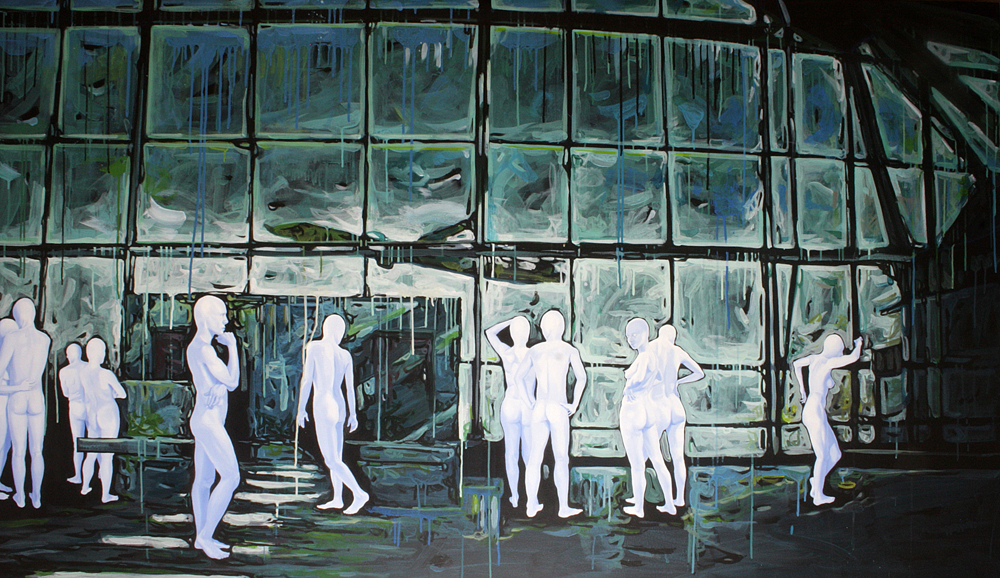
Shin Won-sam
2011 Present MFA Fine Art, Kyuonggi University
2008 BFA Fine Art, Kyuonggi University
Solo Exhibition
2011 ‘Brave new World’ Gallery MOA, Heyri, Korea
2011 ‘Conversion’ Exhibition, Cheongju art studio, Cheongju, Korea
2010 ‘Become’ Exhibition, Alternative Space Door, Seoul, Korea
2008 ‘Become’ Exhibition, Alternative Space Noon, Suwon, Korea
Group Exhibition
2011 ‘Cheongju art studio 4기 Open studio’ Cheongju art studio, Cheongju, Korea
‘Bridge Project’, Gallery UM, Seoul, Korea
2010 ‘Deajeon Residency Cheongju Residency Exchange’, Gallery Unison Artzone, Deajeon, Korea
‘Exchange’ Exhibition, Cheongju art studio, Cheongju, Korea
‘New Air current’ Exhibition, Gallery E-ang, Seoul, Korea
2009 ‘DEMO’ Exhibition, Alternative Space Door, Seoul, Korea
‘Gang-gang, su, won, re’ Exhibition, 5.18commemoration culture center, Gwang-ju, Korea
‘Light of Korea art’ Exhibition, hangaram Museum, Seoul, Korea
‘Young Artist Exhibition’ : the smallest daily record, Suwon art center, Suwon, korea
..More
Residence
2010 Cheongju Art Studio 4th Residence Artist, Cheongju, Korea
2009 Hwaseong Haenggungdong 2nd Residence Artist, Suwon, Korea
Collection
2011 Art Bank, National Museum of Contemporary Art
Cheongju Art Studio

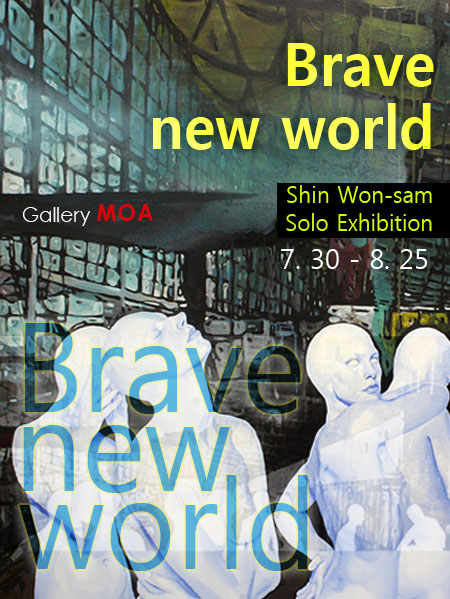
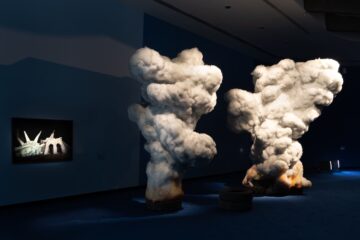
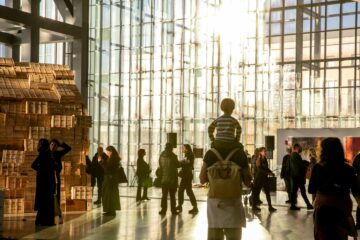

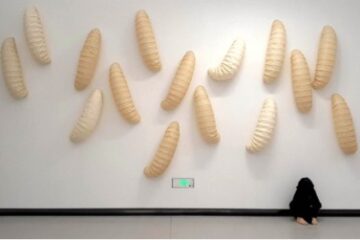

No Comment